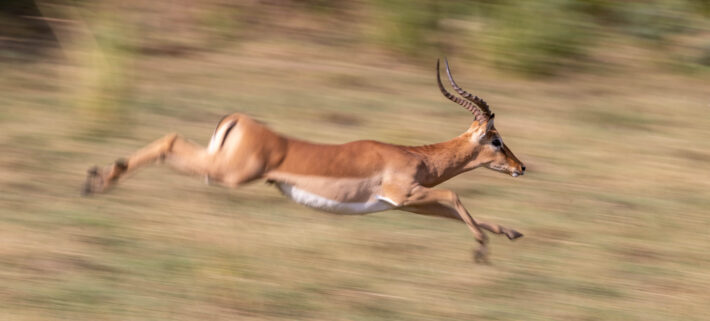 Our trip to our next camp in the Zimbabwe’s Hwange National Park got off to auspicious start. We had to rent a trailer to carry our luggage and the plug for the trailer lights didn’t match our van’s plug. To top it off this was not realized until the trailer was loaded and we were ready to leave. It was Sunday morning but luckily we found a mechanic who quickly fixed it and we were off, albeit 2 hours later than expected.
Our trip to our next camp in the Zimbabwe’s Hwange National Park got off to auspicious start. We had to rent a trailer to carry our luggage and the plug for the trailer lights didn’t match our van’s plug. To top it off this was not realized until the trailer was loaded and we were ready to leave. It was Sunday morning but luckily we found a mechanic who quickly fixed it and we were off, albeit 2 hours later than expected.
Again, the animals were sparse and the local water holes largely unused. We saw some birds, mostly black winged stilts, which are very similar to the black-necked slits we see at home. To make it more difficult, we were in a mobile blind, which put us too high to get good shots.
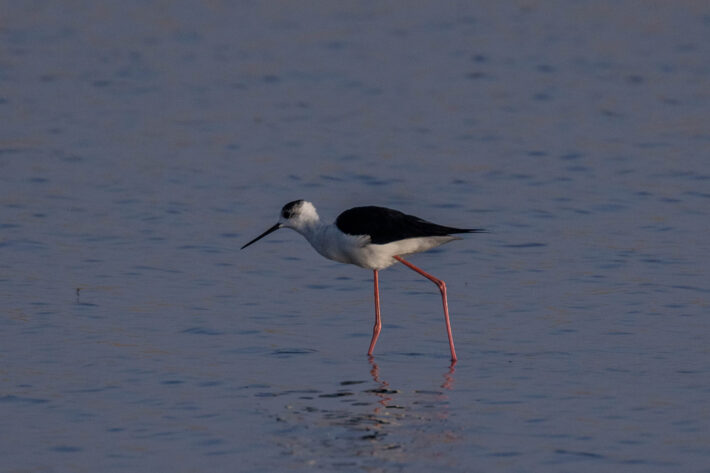
The lodge we stayed had a wonderful garden and water hole which attracted many birds and other visitors. The warthogs were frequent visitors to the water hole, and were fairly habituated to our presence. Which meant for once, our pictures of them were of their faces, not our usual shot of their rear ends as they ran away from us.
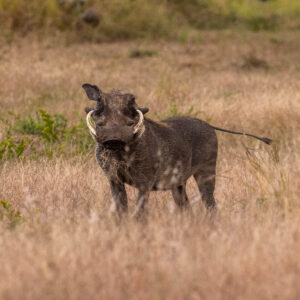
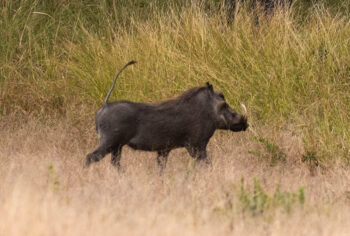
It also attracted one of the prettiest birds we have seen on the trip, the African Golden Oriole. This bird is bright yellow, and immediately attracts your eye when it flies bye.
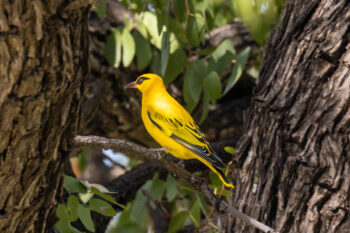
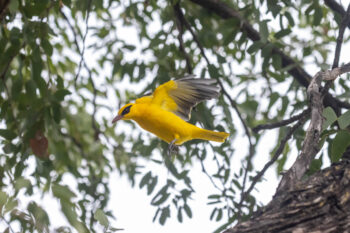
Overall it was quiet, though not as bad as our first stops as we were to convince our leader that his strategy of letting the animals come to us, while generally the preferred approach, was not going to work in the environment we were in, and we are going to have go look for the animals. After much arm twisting we convinced our leader that we needed to start chasing the wildlife and go on game drives.. We did and found some nice antelopes like the common kudu and the regal Roan
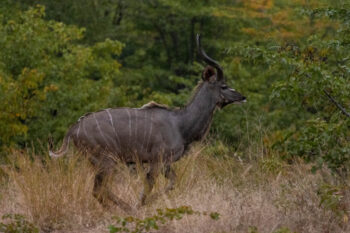
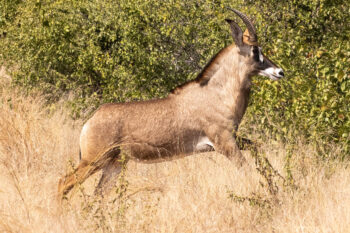
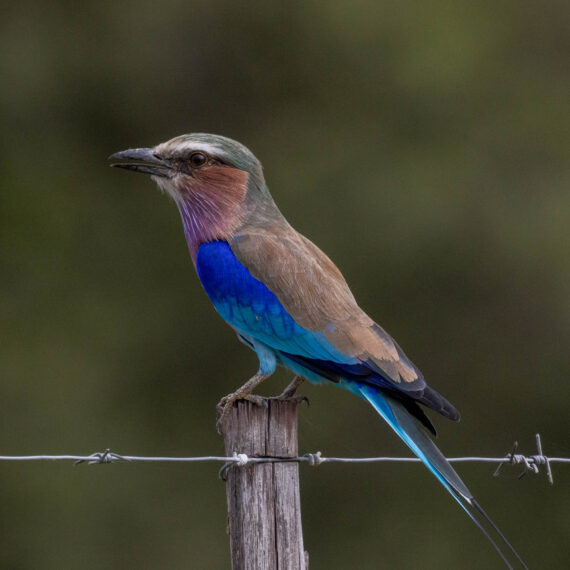
Lilac Breasted Rollers are one of our favorite birds, with their vivid colors. Normally because they fly so fast we only get portraits, but here we photographed two birds squabbling over a perch on a terminate hill
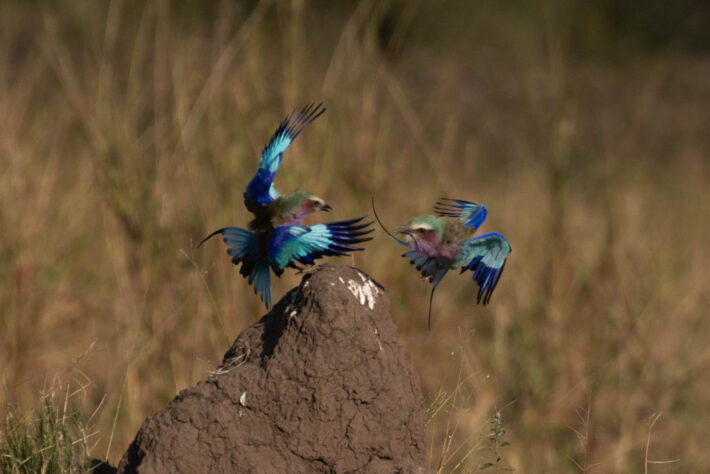
Our next stop was a lodge on Zimbabwe’s northern border in the Mana Pools National Park. What distinguished this lodge was that it was the only one on our trip that was not fenced. This meant the wildlife was free to enter the camp, we heard lions in the camp at night, and had elephants join us for lunch
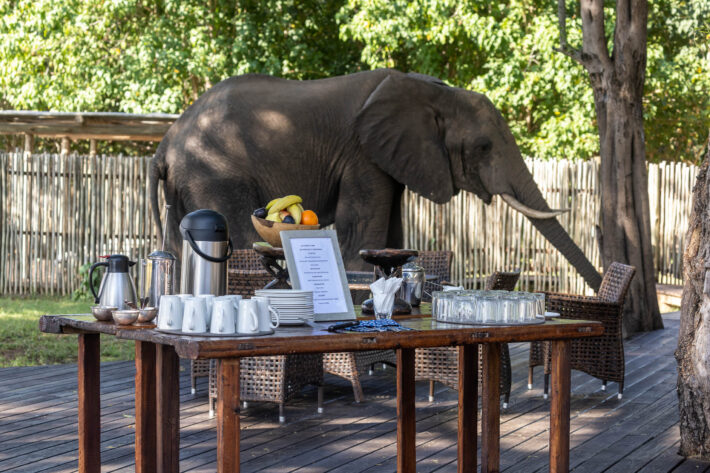
It was fall and the breeding season was over, but the impalas were still in there harems like this one whose dominant male watched over about 45 females, and 5 subadult males (who did not challenge his leadership).
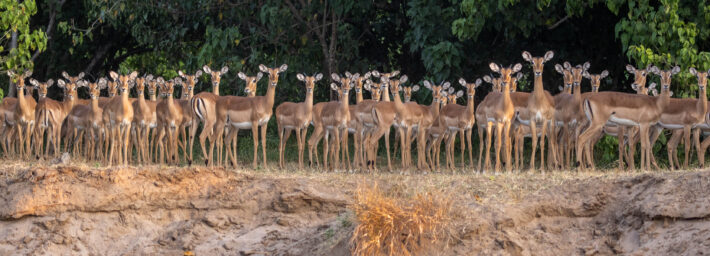
This dominate male is very busy chasing off other males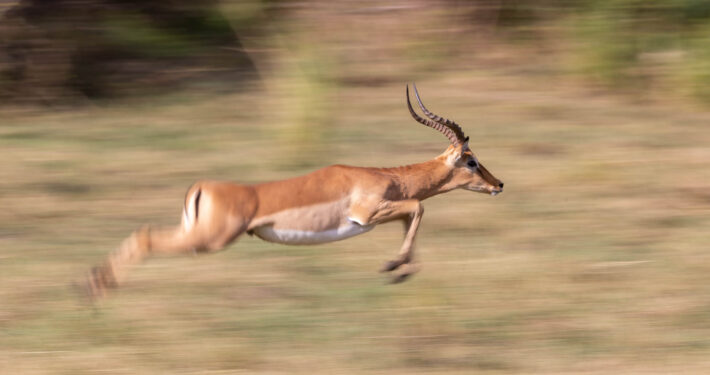
The impalas were abundant and in constant motion:
This concluded our trip . It was Jon’s 11th to Africa and he can’t wait until he returns.
You can find reports on the early parts of our trip here